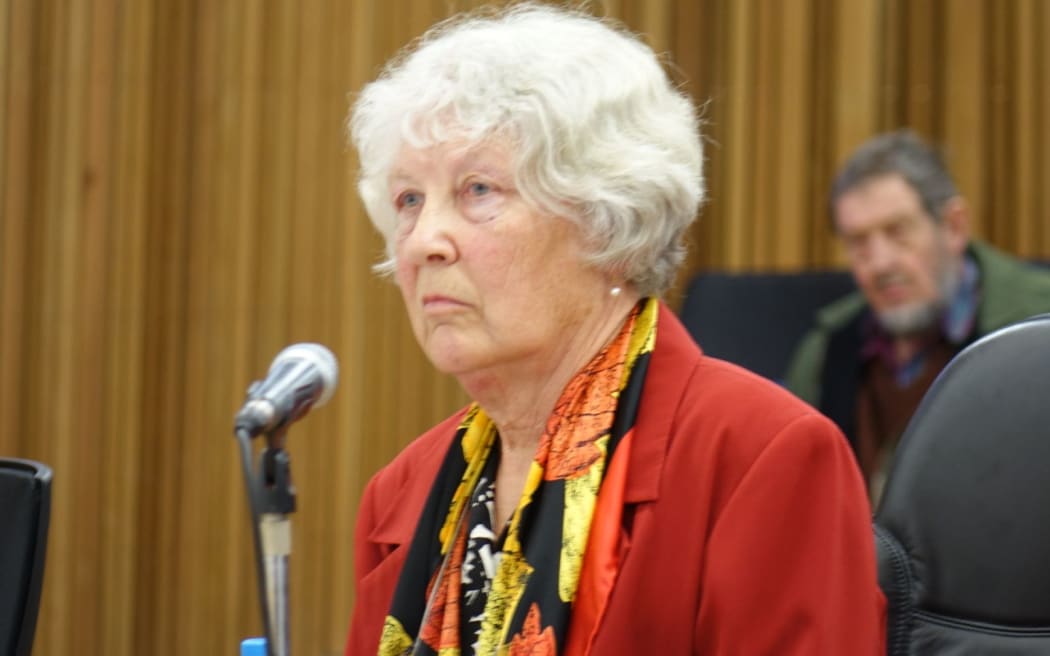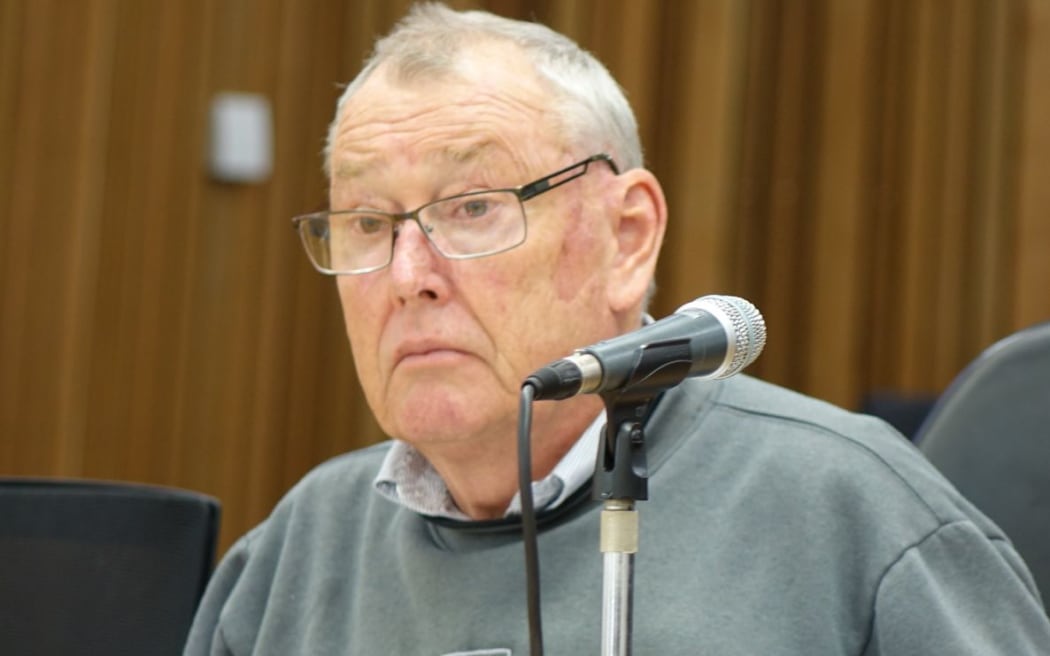Rural ratepayers fear losing their voice around the table at the Christchurch City Council under a proposal to change the make-up of the city's wards.

Victoria Andrews gives her submission. Photo: RNZ / Conan Young
Instead of having two councillors per ward across six wards and one for Banks Peninsula, the proposal is for the city to be divided into 16 wards, with one councillor per ward.
As well as improving the level of representation provided to wards by councillors, the changes are also seeking to address an anomaly in which Banks Peninsula is classed as a single ward, despite its relatively small population.
To fix the problem, a new ward known as Banks Peninsula-Sumner is proposed, lumping in the city suburbs of Sumner and Heathcote as a way to increase the ward's population.
Akaroa resident Victoria Andrews said the peninsula would effectively lose its councillor if there was only one councillor to represent Sumner, Heathcote and Banks Peninsula, because their representative would be too busy helping the ward's Christchurch ratepayers.
"A single councillor based in the Sumner area will have their own problems on top of dealing with the CBD issues, the rebuild and addressing the needs of peninsula residents," she said.
"One councillor representing Sumner and Banks Peninsula can not be expected to cover all the details because of the distance."
Rod Donald Banks Peninsula Trust manager Suky Thompson said having one councillor to represent the ward was barely working now, and making the ward bigger would only make things worse.
The council was looking to shoehorn Banks Peninsula into Sumner and Heathcote because of a requirement by the Local Government Commission for all wards to be the same size, with a variation of no more than 10 percent, Ms Thompson said.

Martin Ward gives his submission. Photo: RNZ / Conan Young
Christchurch resident Martin Ward suggested a recent amendment to the rules might remove the need to bring the ward into line with others in the city.
"That new reason that's emerged is that if by striving to achieve a number in the ward closer to the 10 percent variation, that if that required you to put together communities with little commonality, then you could decide not to," he said.
Mr Ward's submission also dealt with plans to move part of the blue collar suburb of Woolston into the Cashmere ward, one of the city's wealthiest areas.
"They are significantly in breach of the guidelines you have been asked to work to. The area of Woolston that's placed in the Cashmere ward is grouping together communities that have little commonality."
The conflicts could be avoided with a re-jig of the wards, Mr Ward said.
Verbal submissions will continue to be given tomorrow.
If adopted, the changes will be introduced in time for next year's local government elections.

